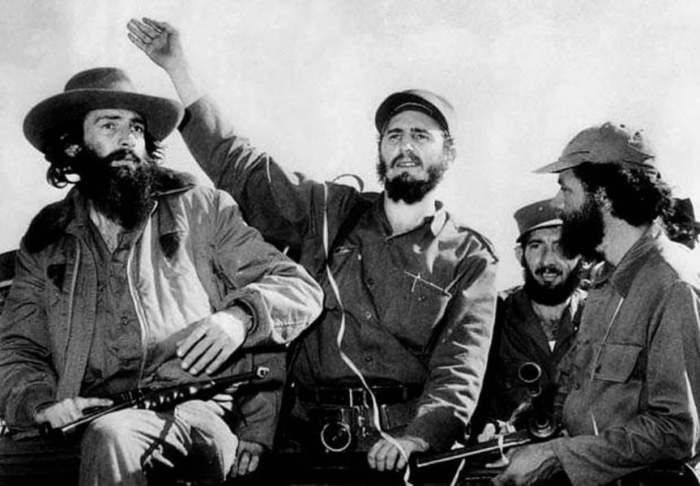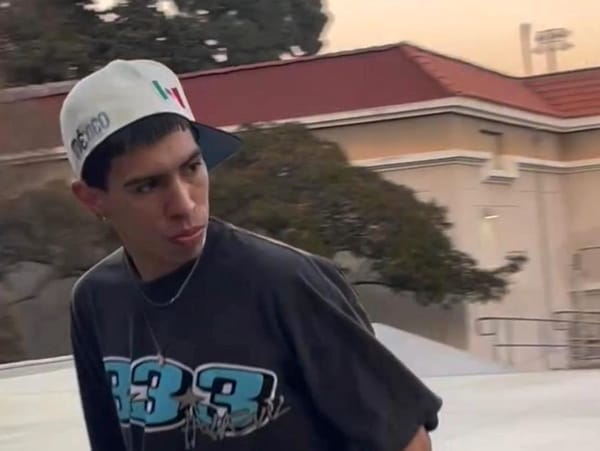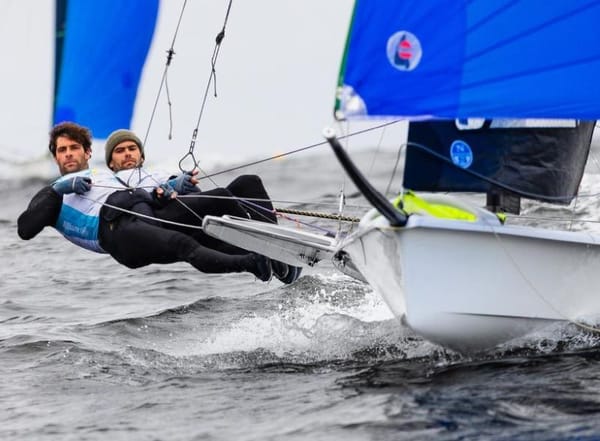National Day of Rebellion: 66 years after the Moncada Barracks Assault
This Friday commemorates an event that occurred several years before the Rebel Army victoriously entered the streets of Santiago de Cuba. This was the Assault on the Moncada Barracks.

At the beginning of this year, the world celebrated the 60th anniversary of the culmination of the Cuban Revolution, a process that radically changed the country, marking one of the greatest feats in Latin American history.
The context was the Cold War
The Soviet Union and the United States were at loggerheads, while one tried to expand its influence in the rest of the world, the other blocked its way. For this reason, it is with great astonishment that a guerrilla movement defeated the military government that the United States sponsored on the island. Next, a socialist government is established, so few kilometers away from the American giant.
In the same way, this Friday commemorates an event that occurred several years before the Rebel Army victoriously entered the streets of Santiago de Cuba. This was the Assault on the Moncada Barracks, known today as the Day of National Rebellion. The operation was the first armed action of the opposition forces against the dictatorial government of Fulgencio Batista.
Although the operation was unsuccessful and full of casualties for the insurgents, the day would go down in history as the overture movement of the Cuban Revolution. In addition, it led to the flight of the operation commander, Fidel Castro, and the rest of his comrades to Mexico, where he had the opportunity to plan the coup that eventually brought him to power.
First things first
The year before the events, Fulgencio Batista, a powerful military man, and the former president both by electoral means and by a coup were competing in new elections, but the polls did not end up favoring him. Four months after the elections began, he decided to carry out a new coup d'état, and although this time there was no violence, thousands of students and workers organized to protest. One of these organizations was the Orthodox Youth, our protagonists in the assault.
It was in the early hours of the morning of July 26, 1953, when the 26-year-old lawyer Fidel Castro led some 160 men and women to attack the Moncada Barracks, which was occupied by Santiago's army. The strategy was to attack this point, which remained in the east of the Island of Cuba, far enough away from other military points that could go to the aid of the former. Castro hoped that the attack would provoke a general uprising against Batista, but most of the attackers were killed and Castro and his brother Raúl were arrested and imprisoned.
In 1955, both brothers received amnesty from the dictator and were released. The two men arrived in Mexico (like many other Cuban officials who had taken refuge after the coup d'état) and there they founded the July 26 Movement, an appropriation of the struggle that began in Moncada and whose momentum would not end until their victory. The red and black flags with the acronym "M-26-7" would become icons of the culture of the left.
Meanwhile, life in exile was difficult
The members of the group avoided relations with politicians in the country, and their meeting place was the home of Cuban Maria Antonia Gonzalez in the Tabacalera colony. It was in this mythical department where Castro met the Argentinean, Ernesto 'Che' Guevara, and who quickly joined, standing out as a strategist and ideologist. The next stage of the struggle would be about to begin. The men began their training in the forests of Chalco, in the State of Mexico, because the relief and ecosystem were the closest to the Sierra Maestra, where the Movement planned to install its base of operations, as long as they could disembark in Cuba.
Antonio del Conde, a Mexican businessman, sold Castro "el Granma," a 15-meter yacht that revolutionaries would use to return to Cuba and sow the seed that would culminate in the Batista regime. On November 25, 1956, at 12:20 in the morning, the ship left Tuxpan, Veracruz for the island. Although it was designed to accommodate 20 individuals, 82 young people were embarked, among them a Mexican, Alfonso Guillén. Sadly, when they disembarked, were persecuted, or killed along the way, only 20 of them arrived in Sierra Maestra.
The rest of the story is more or less known
In January 1957, the first military operations would begin under Castro's direction. The world was astonished to see that, in just two years, the forces made up mostly of young people without their military training would overthrow an iron regime with the slogan of communism and anti-imperialism. Success usually indicates that Cuba is above all, a small country, with a short colonial history, which would make it impossible for such a movement to be replicated in other latitudes.
"History will absolve me" was the last sentence Castro addressed to the courts that tried him for the events of the Moncada. Today the phrase feels inconvenient. With the stain on various human rights crimes and the repression of the media, which have characterized the public image of Cuba abroad, the balance of achievements seems to leave things to be desired.
Although the Cuban economy continues to rely heavily on the export of agricultural products, Cuba is the only country in the Americas that has managed to provide free education at all levels to its entire population, with a literacy rate of 99 percent. It also has the lowest unemployment rate and a lower infant mortality rate than the United States.
The impact of the Revolution is evident. Its symbols would electrify movements all over the world, but above all, a generation of young people whose rebelliousness became the banner of their identity and the way they socialized with their peers.




